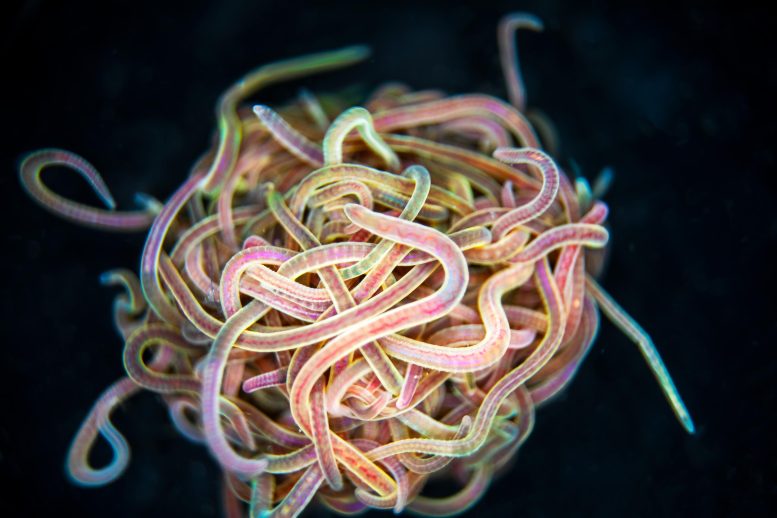
California black worms tightly tangled together in a blob. Research into the unique tangling and untangling behaviors of California blackworms could influence the design of advanced, shapeshifting robotics, according to a collaborative study by Georgia Tech and MIT researchers. Credit: Georgia Institute of Technology
Georgia Tech and MIT researchers have used ultrasound imaging and meticulous data tracking to understand the rapid tangling and untangling behaviors of California blackworms. Their study, which provided the first mathematical model of these behaviors, could inspire the design of advanced, shapeshifting robotics and multifunctional materials.
For millennia, humans have used knots for all kinds of reasons — to tie rope, braid hair, or weave fabrics. But there are organisms that are better at tying knots and far superior — and faster — at untangling them.
Tiny California blackworms intricately tangle themselves by the thousands to form ball-shaped blobs that allow them to execute a wide range of biological functions. But, most striking of all, while the worms tangle over a period of several minutes, they can untangle in mere milliseconds, escaping at the first sign of a threat from a predator.
Saad Bhamla, assistant professor in the School of Chemical and Biomolecular Engineering at Georgia Tech, wanted to understand precisely how the blackworms execute their tangling and untangling movements. To investigate, Bhamla and a team of researchers at Georgia Tech linked up with mathematicians at MIT. Their research, published on April 27 in the journal Science, could influence the design of fiber-like, shapeshifting robotics that self-assemble and move in ways that are fast and reversible. The study also highlights how cross-disciplinary collaboration can answer some of the most perplexing questions in disparate fields.
Capturing the Inside of a Worm Blob
Fascinated by the science of ultrafast movement and collective behavior, Bhamla and Harry Tuazon, a graduate student in Bhamla’s lab, have studied California blackworms for years, observing how they use collective movement to form blobs and then disperse.
“We wanted to understand the exact mechanics behind how the worms change their movement dynamics to achieve tangling and ultrafast untangling,” Bhamla said. “Also, these are not just typical filaments like string, ethernet cables, or spaghetti — these are living, active tangles that are out of equilibrium, which adds a fascinating layer to the question.”
Tuazon, a co-first author of the study, collected videos of his experiments with the worms, including macro videos of the worms’ collective dispersal mechanism and microscopic videos of one, two, three, and several worms to capture their movements.
“I was shocked when I pointed a UV light toward the worm blobs and they dispersed so explosively,” Tuazon said. “But to understand this complex and mesmerizing maneuver, I started conducting experiments with only a few worms.”
“Knots and tangles are a fascinating area where physics and mechanics meet some very interesting math. These worms seemed like a good playground to investigate topological principles in systems made up of filaments.” — Vishal Patil
Bhamla and Tuazon approached MIT mathematicians Jörn Dunkel and Vishal Patil (a graduate student at the time and now a postdoctoral fellow at Stanford University) about a collaboration. After seeing Tuazon’s videos, the two theorists, who specialize in knots and topology, were eager to join.
“Knots and tangles are a fascinating area where physics and mechanics meet some very interesting math,” said Patil, co-first author on the paper. “These worms seemed like a good playground to investigate topological principles in systems made up of filaments.”
A key moment for Patil was when he viewed Tuazon’s video of a single worm that had been provoked into the escape response. Patil noticed the worm moved in a figure-eight pattern, turning its head in clockwise and counterclockwise spirals as its body followed.
The researchers thought this helical gait pattern might play a role in the worms’ ability to tangle and untangle. But to mathematically quantify the worm tangle structures and model how they braid around each other, Patil and Dunkel needed experimental data.
Bhamla and Tuazon set about to find an imaging technique that would allow them to peer inside the worm blob so they could gather more data. After much trial and error, they landed on an unexpected solution: ultrasound. By placing a live worm blob in nontoxic jelly and using a commercial ultrasound machine, they were finally able to observe the inside of the intricate worm tangles.
“Capturing the inside structure of a live worm blob was a real challenge,” Tuazon said. “We tried all sorts of imaging techniques for months, including X-rays, confocal microscopy, and tomography, but none of them gave us the real-time resolution we needed. Ultimately, ultrasound turned out to be the solution.”
After analyzing the ultrasound videos, Tuazon and other researchers in Bhamla’s lab painstakingly tracked the movement of the worms by hand, plotting more than 46,000 data points for Patil and Dunkel to use to understand the mathematics behind the movements.
Explaining Tangling and Untangling
Answering the questions of how the worms untangle quickly required a combination of mechanics and topology. Patil built a mathematical model to explain how helical gaits can lead to tangling and untangling. By testing the model using a simulation framework, Patil was able to create a visualization of worms tangling.
The model predicted that each worm formed a tangle with at least two other worms, revealing why the worm blobs were so cohesive. Patil then showed that the same class of helical gaits could explain how they untangle. The simulations were uncanny in their resemblance to real ultrasound images and showed that the worms’ alternating helical wave motions enabled the tangling and the ultrafast untangling escape mechanism.
“What’s striking is these tangled structures are extremely complicated. They are disordered and complex structures, but these living worm structures are able to manipulate these knots for crucial functions,” Patil said.
“Just as the worm blobs perform remarkable tangling and untangling feats, so may future bioinspired materials defy the limits of conventional structures by exploiting the interplay between mechanics, geometry, and activity.” — Eva Kanso
While it has been known for decades that the worms move in a helical gait, no one had ever made the connection between that movement and how they escape. The researchers’ work revealed how the mechanical movements of individual worms determine their emergent collective behavior and topological dynamics. It is also the first mathematical theory of active tangling and untangling.
“This observation may seem like a mere curiosity, but its implications are far-reaching. Active filaments are ubiquitous in biological structures, from DNA strands to entire organisms,” said Eva Kanso, program director at the National Science Foundation and professor of mechanical engineering at the University of Southern California.
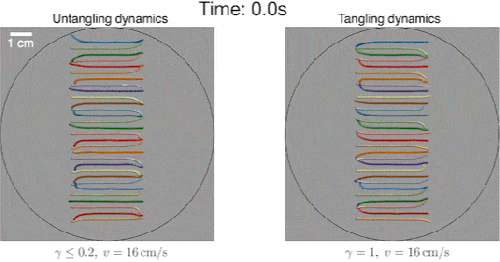
Simulation of worms untangling (left) and tangling (right). Credit: Massachusetts Institute of Technology
“These filaments serve myriads of functions and can provide a general motif for engineering multifunctional structures and materials that change properties on demand. Just as the worm blobs perform remarkable tangling and untangling feats, so may future bioinspired materials defy the limits of conventional structures by exploiting the interplay between mechanics, geometry, and activity.”
Looking Forward
The researchers’ model demonstrates the advantages of different types of tangles, which could allow for programming a wide range of behaviors into multifunctional, filament-like materials, from polymers to shapeshifting soft robotic systems. Many companies, such as 3M, already use nonwoven materials made of tangling fibers in products, including bandages and N95 masks. The worms could inspire new nonwoven materials and topological shifting matter.
“Actively shapeshifting topological matter is currently the stuff of science fiction,” said Bhamla. “Imagine a soft, nonwoven material made of millions of stringlike filaments that can tangle and untangle on command, forming a smart adhesive bandage that shape-morphs as a wound heals, or a smart filtration material that alters pore topology to trap particles of different sizes or chemical properties. The possibilities are endless.”
Reference: “Ultrafast reversible self-assembly of living tangled matter” by Vishal P. Patil, Harry Tuazon, Emily Kaufman, Tuhin Chakrabortty, David Qin, Jörn Dunkel and M. Saad Bhamla, 27 April 2023, Science.
DOI: 10.1126/science.ade7759
In addition to Bhamla, Tuazon, Patil, and Dunkel, Georgia Tech researchers Emily Kaufman, Tuhin Chakrabortty, and David Qin contributed to this study.

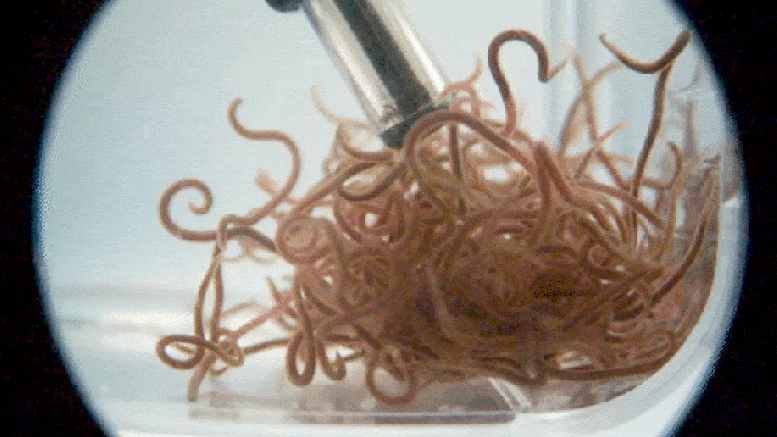
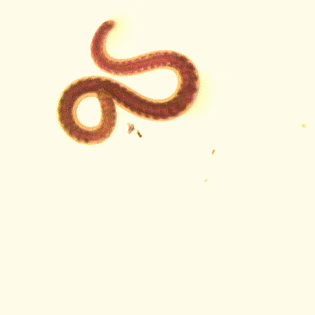
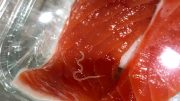
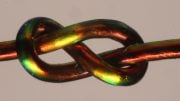
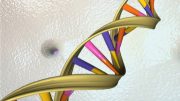
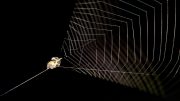
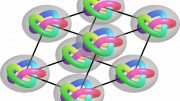
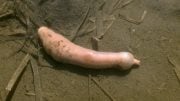
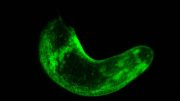
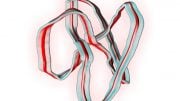
Be the first to comment on "Mathematics Behind Wiggly Worm Knots Could Inspire Shapeshifting Robotics"